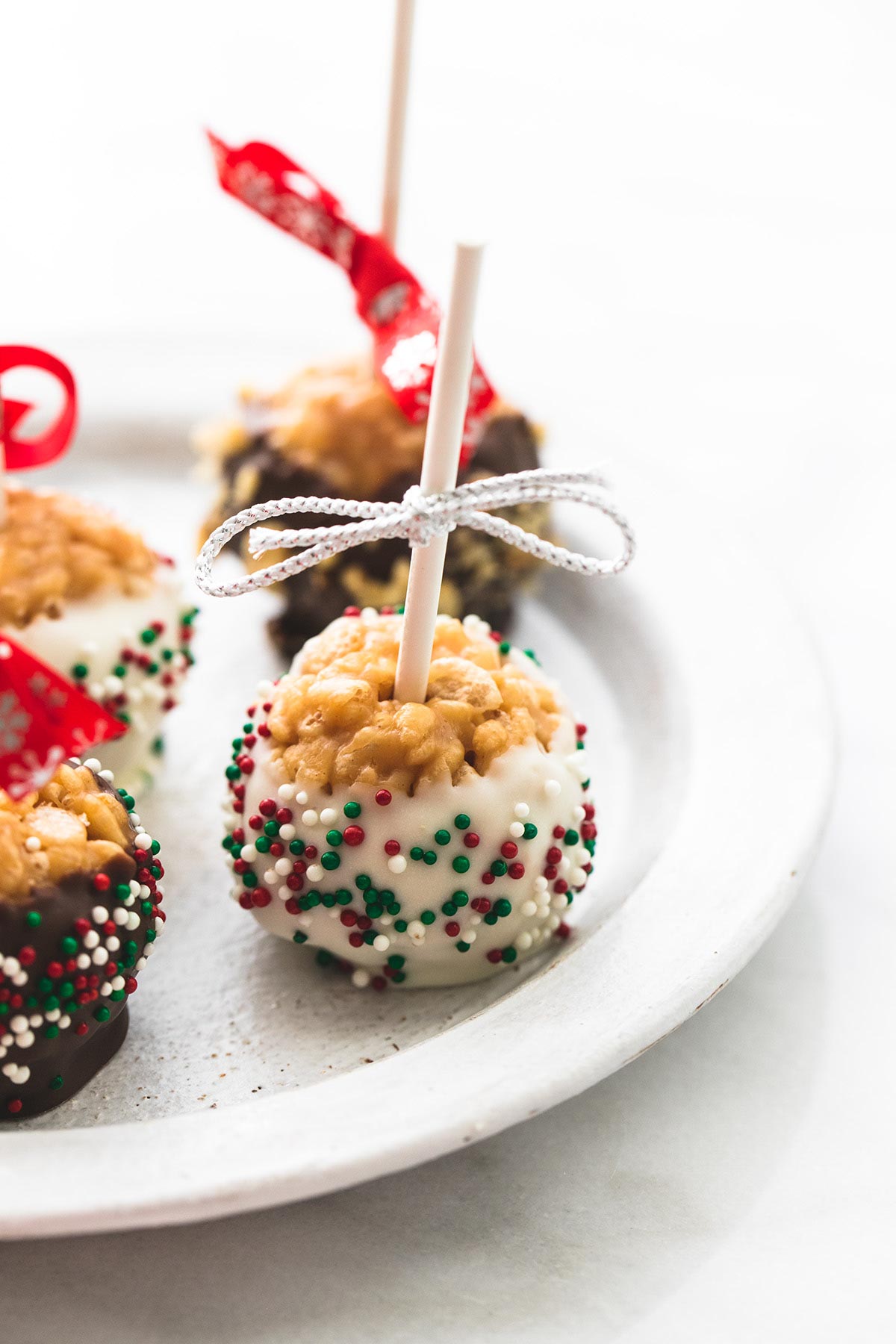If you’re new to the CBD game, chances are you haven’t heard about bioavailability. Bioavailability measures how much of the product’s intended active ingredients make it into your bloodstream for you to feel an effect. This is particularly important for CBD due to the fact that if your body doesn’t absorb it, you won’t receive the intended benefits. CBD is an oil and can take one to two hours to have an impact if ingested in that form. Emulsion technology breaks oil down into small particle sizes for even dispersal, which allows for greater absorption in the intestinal tract for maximum bioavailability, so consumers experience the effects of cannabinoids as early as eight minutes after ingestion. According to Scott Riefler, Certified Food Scientist and SōRSE Technology’s Chief Science Officer: “If you want to feel the effects of CBD or any other cannabinoid more quickly, you need to look for products using water-soluble emulsion technology. CBD and other cannabinoid-infused products have to deliver more quickly because consumers are eager to feel the effects.”
How to know what products are using water-soluble emulsion technology
How can you tell if a brand is using emulsion technology? As mentioned earlier, a beverage with the instructions that say “Shake well” may not be using a shelf-stable CBD solution. It’s important for the formula to remain homogenous, i.e. not look like a separated vinaigrette. If you can see separation, it’s likely not going to deliver an even dose from beginning to end. Typically, when a product is encapsulated, you will see “water-soluble cannabinoids” or “emulsion technology” on the label. The best-case scenario is the brand is transparent, sharing the encapsulation method they use. An example of this would be SōRSE Technology’s “Powered by SōRSE” seal. SōRSE is an industry leader in safety, quality, and stability on finished goods. Michael Flemmens, the VP of Technical Business Development for SōRSE, explains that “When you are buying a product that is ‘Powered by SōRSE,’ you are guaranteed safe ingredients, accurate dosing, and consistency in experience backed by over 150 years of food and beverage experience.” While all SōRSE ingredients are listed in the finished goods’ ingredient list label, SōRSE makes it easy to dig deeper on quality, safety testing, and documentation.
Understanding the difference between isolate, full, and broad spectrum CBD
Another piece of the CBD label puzzle is knowing the difference between the different types of hemp-distillation processes. CBD comes from the hemp flower, and like any flower, it has a range of chemicals and fragrances within it. CBD is one of many chemicals in hemp that can trigger a response within your ECS. There are three ways to distill the CBD extracted from the hemp flower and then use it in a product: isolate, broad spectrum, and full spectrum. The easiest way to think about this is Vitamin C. A Vitamin C supplement will contain only that single chemical: Vitamin C. An orange not only contains Vitamin C, but a host of other minerals and fragrances that can impact its nutritional value. A CBD isolate is just like Vitamin C; it’s an isolated compound. Most clinical studies you see use CBD isolate, as scientists need consistency. Broad spectrum is everything in the hemp plant including its terpenes (fragrance) and potentially minor cannabinoids except for the THC, which is taken out. Full spectrum has everything in the plant in addition to a small amount of THC — under 0.3%. You can’t get “high” from full spectrum, but if drug testing is a concern, it’s not worth the risk.

